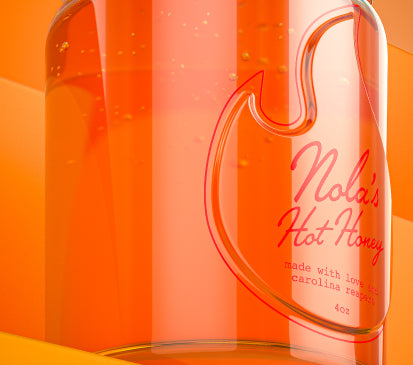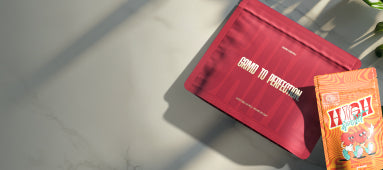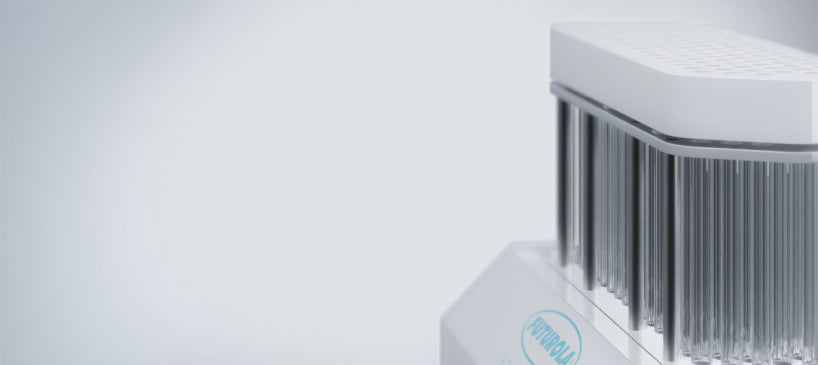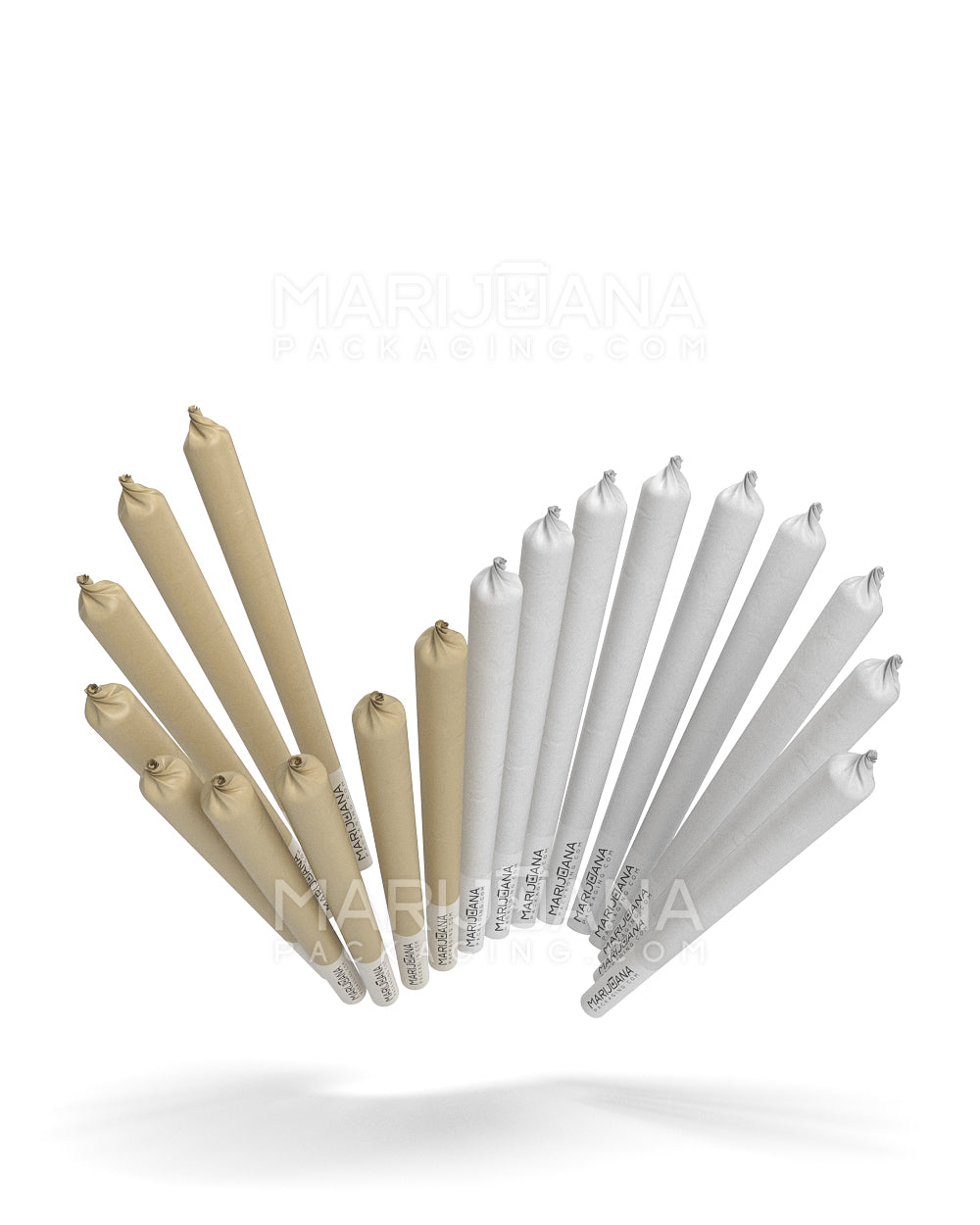As we age, we develop physical limitations like reduced strength, poor vision, and stiffness of joints, which make it increasingly difficult to interact with traditional packaging designs. When it comes to medical products, these problems are no longer simply a matter of convenience, as they can endanger our health and safety. For elderly patients, managing medications and other medical products is challenging enough, and packaging should not make it harder.
Accessible packaging is not just a ‘nice-to-have’; rather, it is a necessity to enable older people to take control of their health effectively on their own. In this article, we will explore how inclusive designs can be a game-changer for elderly patients and why it is a step in the right direction for the health sector.
The Challenges Elderly Patients Face With Packaging
For elderly patients, simple everyday tasks that many take for granted can cause major problems that make it difficult for them to use certain products.
- Physical Limitations: Health conditions like arthritis and reduced grip strength are common in older people, and therefore, even seemingly easy tasks, such as twisting a cap or opening a seal, can be very painful and frustrating for them. This is especially the case since not only do dexterity and motor skills decline with age but they are also dropping in physical capabilities.
- Sensory Changes: Without a doubt, human vision deteriorates with age and this often results in difficulty for older people in reading small fonts, differentiating colors, or even recognizing important usage arrows. Failure to consider the individual circumstances of this population when designing the product packaging could cause significant health and safety risks.
- Cognitive Factors: It is not unusual for elderly patients to experience issues with memory loss and slower processing speeds that can make it difficult for them to remember or follow complex packaging instructions. This confusion with packaging designs may lead to a misuse of medical products.
Traditional packaging often focuses more on child safety, aesthetics, or cost-efficiency over accessibility. While these designs may work for younger consumers, they usually ignore the unique needs of elderly patients.
What Senior-Friendly Packaging Looks Like
Senior-friendly packaging is all about bridging the gap between functionality and accessibility. It is about giving elderly patients access to products, regardless of their abilities. So, what exactly makes packaging truly senior-friendly?
Easy-to-Open
For a product to be truly senior-friendly, it must be designed to be easy to open and use, even for seniors with reduced motor skills. After all, before medications can be consumed, patients need to be able to open them.
If packaging is too difficult to open, elderly patients may choose to use unsafe alternatives, like opening all the doses at once and storing the medicine in purses, tables, or on nightstands. Not only does this increase the risk of contamination or spillage, it also compromises the safety and effectiveness of their treatment.
Many elderly patients deal with arthritis or reduced physical strength, which makes packaging with tight seals hard for them to open. Innovative packaging that adopts design features such as visible opening tabs (instead of hard pull tabs), flip caps, or ergonomic closures will help to minimize the physical effort required to open lids.
Legible Labels for Readability
Reading a label should not feel like solving a puzzle. Labels should be clear and legible, particularly for elderly patients, who are more likely to rely heavily on them as a guide due to their declining memory.
Senior-friendly packaging includes adopting large fonts and bold, high-contrast text to ensure that important details like dosage instructions or expiration dates are visible even to those with declining vision. It also entails a careful use of color contrast, such as black text on a white background, to improve readability.
Tactile Markers for Persons With Visual Impairment
Tactile markers may be used for elderly patients experiencing significant loss of vision. Medical packaging solutions like raised symbols, Braille, or textured patterns can provide essential cues for identifying products and understanding their use. For instance, a raised arrow can guide users on where to press or pull, while Braille labels can help with important details like the product name or dosage.
Senior-Friendly Seals
Although safety is a non-negotiable requirement of healthcare packaging, it should not come at the cost of accessibility. Tamper-evident seals must be designed to be secure but also easy for elderly patients to break without too much difficulty. Tear strips, punctures, or resealable closures are a few of the techniques to achieve the right balance between preserving the product’s integrity on the one hand and ensuring that it is easily accessible to the user.
Brands-Leading Examples of Inclusive Packaging
Brands across various industries are now adopting senior-friendly design packaging. For example:
Unilever launched Degree Inclusive deodorant with packaging features that prioritize inclusivity. It comes in a hooked container, suitable for one-handed use, and the label includes braille instructions to ensure accessibility for all users.
Kellanova has introduced NaviLens technology on its packaging in the United States. This technology helps visually impaired customers scan the QR code on the cereal’s package to get the product information.
Breitsamer Honig recently switched from using screw caps to flip-top lids, making their honey jars more accessible and easier to open.



















